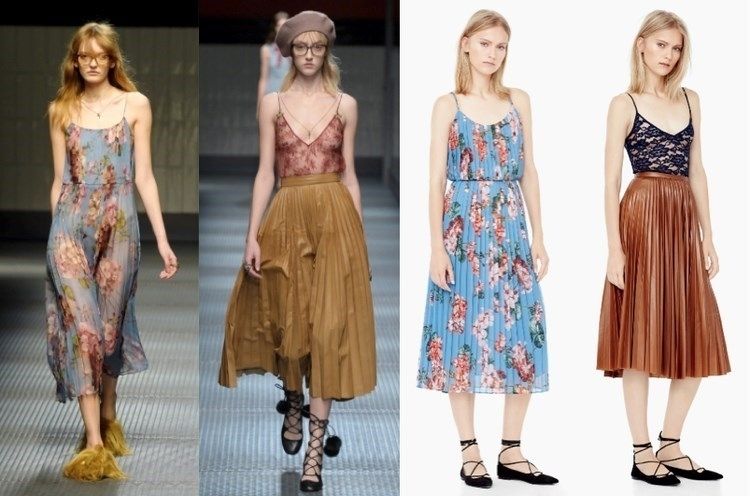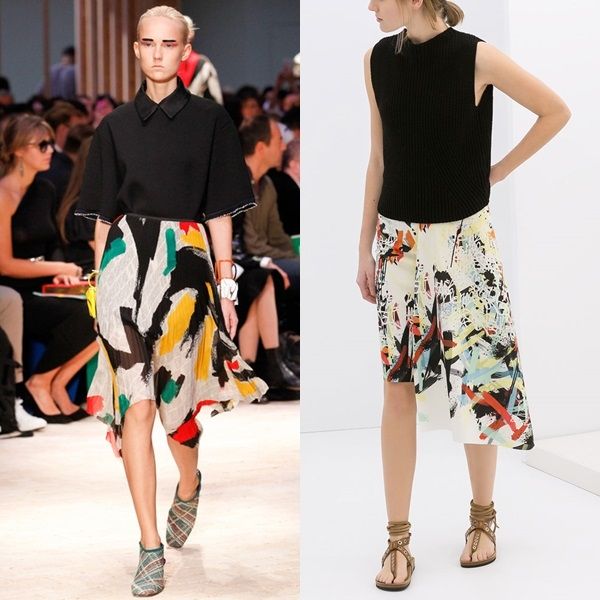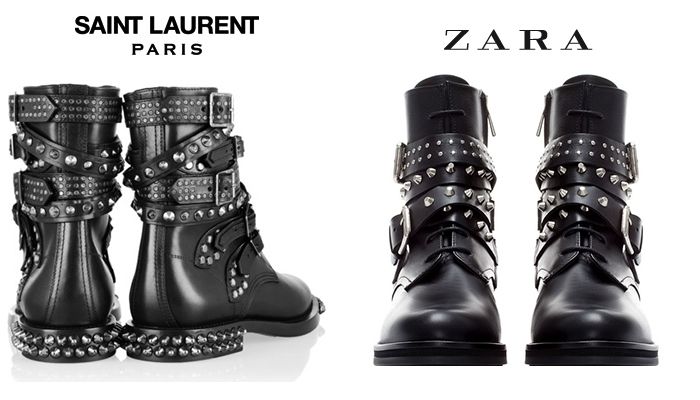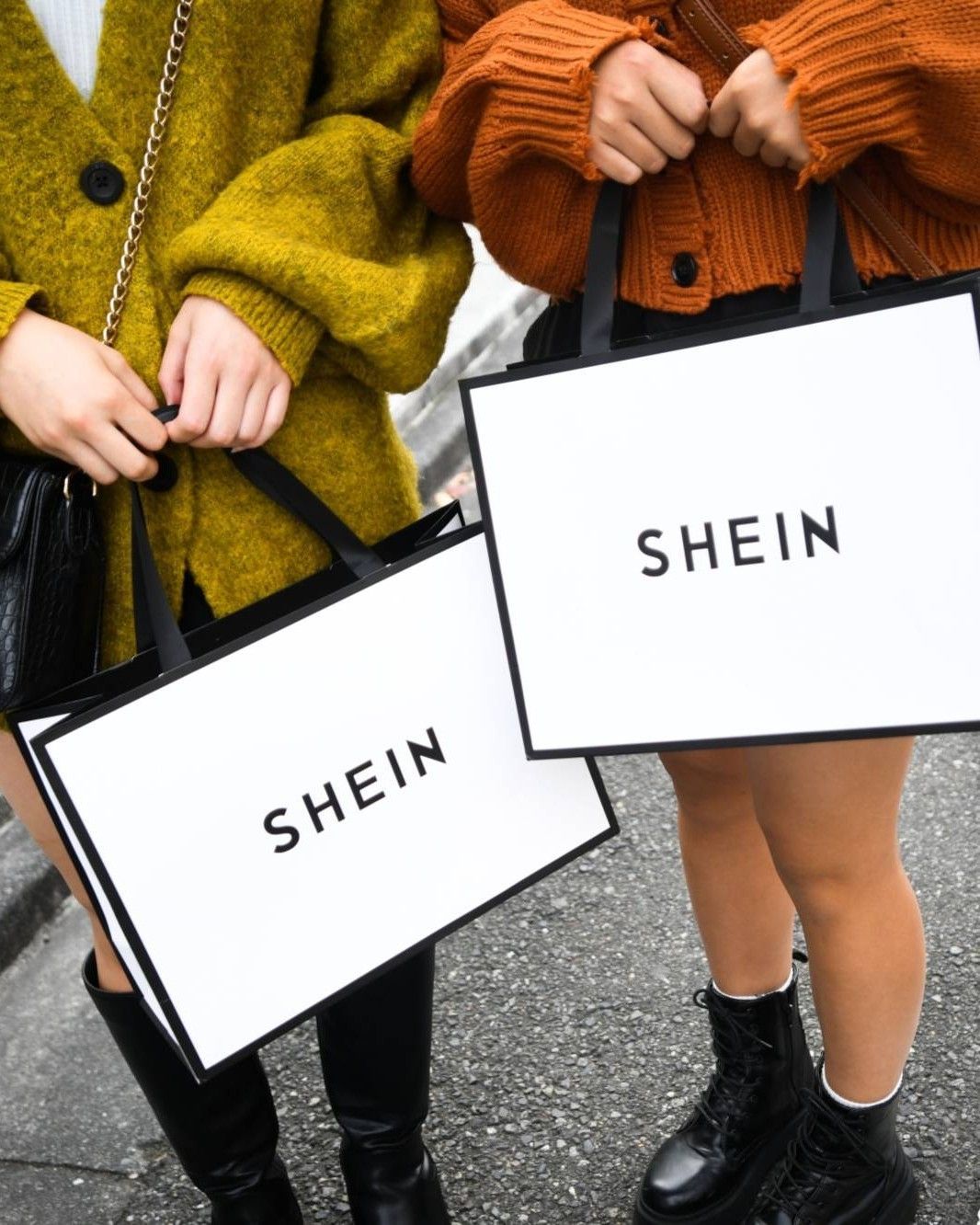
Why Fast-Fashion is faster than Fashion? And other questions about low-cost brands
How many times have you seen a pair of Céline-like shoes into a Zara store? Or a dress very similar to the one of Stella McCartney's latest collection? And, looking them, how many times have you thought: “how can they have them in store yet?” But, above all, how many times have you asked yourself why this plagiarism is not illegal?
Today is your lucky day because I'll try to give you an answer.
First step: how do fast-fashion retailers can have in store items so similar to the ones just presented on the runway?
The answer is simple. Clothing chains like Zara and H&M have developed speedy and efficient coolhunting strategies, which allow them to identify immediately the key items of a runway show, those that are going to be a season's trend, then reproduce and put them on the market in a short time.
This is one of the strong points of fast-fashion companies, namely their ability to satisfy the consumers demand of constantly new trends and garments. Why waiting six months to have that Balenciaga bag we saw on Nowfashion.com, when we can have Zara's similar one? And more, more, more cheap than the original one, among other things.
Of course, this makes us think about the labour exploitation behind low-cost clothing companies which enables them to keep prices low and production speed constant. But this is the dark side and we'll discuss it another time.
Let's move on the second point: why does legislation not punish the plagiarism of these low-cost fashion companies?
In short, the American Copyright Act doesn't protect the interests of fashion designers. Unlike other countries, the United States legislation is not interested in preserving the fashion and accessory area, allowing the free production of clothes clearly inspired by luxury garments.
Moreover, for some brands to file a lawsuite against fast-fashion companies is too expensive, an expense they'd rather not deal with it.
A new question emerges: is all this a real problem for the high fashion industry?
I don't think it is. Personally, I think fast-fashion stores aim to a target different from the one of high fashion houses. People who can afford to buy Prada will hardly go shopping at H&M and vice versa. Instead, the real threat is the speed at which low-cost stores offer the new trends that consumers desire.
These two worlds actually seem to have found the right balance, also thanks to new shopping practices of consumers who tend to diversify their wardrobe with many brands and have a more critical approach on their purchases.
The numerous collaborations between big fashion houses and low-cost brands are a clear proof of this. As if to say: keep your friends close and your enemies closer.

















































